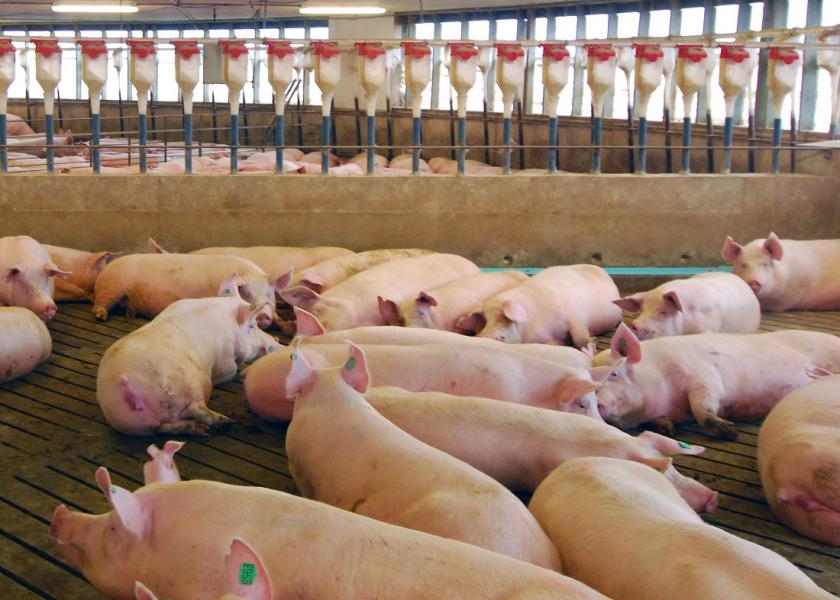3 Ways to Assess Your Herd's Positive Welfare State

The “Five Freedoms” have been the foundation for establishing sound animal welfare practices since they were developed by Britain’s Farm Animal Welfare Council in 1965. Freedom from hunger and thirst; freedom from discomfort; freedom from pain, injury or disease; freedom to express normal behavior; and freedom from fear and distress established the recommended base levels of care for animals. Now, more than 50 years later, researchers have additional tools and technologies to take that basic knowledge a step further.
Identifying a “positive welfare state” is a new way of measuring welfare, Meghann Pierdon, VMD, an assistant professor of clinical production medicine at the University of Pennsylvania, told Pig Health Today.
The shift from how to prevent suffering to how to provide a positive state for animals has changed the focus for researchers, Pierdon said. At the same time, consumers want more information about how animals in food production are raised.
“We need to figure out how we can meet that obligation,” Pierdon said. “It’s really a moral question, and that drives where we do science and what questions we ask.”
Measuring positive welfare states
There are different ways to measure welfare, Pierdon said. Typically, welfare is divided into three realms:
- Function: How productive and healthy is the animal?
- Behavior: Is the animal able to express its natural behaviors?
- Emotional state: Does the animals seem “happy”?
Researchers try to measure each of these three realms, then combine them for an overall understanding of an animal’s positive welfare state, Pierdon said.
“Measuring in multiple realms… helps us understand if we are on the good side, the bad side or somewhere neutral when we’re assessing welfare,” she added.
A positive welfare state includes keeping animals healthy and housing them in biosecure facilities, so they aren’t exposed to disease. New advancements in behavioral science are helping researchers define a positive welfare state more effectively.
“If pigs like to manipulate the environment with their mouths, how might we [enable] that? If pigs like to interact with other pigs, how can we provide that in the farm of the future?” Pierdon said. The challenge is to keep animals safe, healthy and free of pain, injury or disease but also allow them the opportunity to manipulate their environment.
“A lot of it comes down to how we manage those housing systems,” she said. Producers can use ropes or wood blocks as forms of enrichment
Thermal regulation as an example
A recent study showed how piglets were able to change the temperature of a room, Pierdon explained.
“That’s a very different way of thinking about enrichment, but it might actually be beneficial to the farmer,” she said. “At night, those piglets turn the temperature down because they were sleeping near each other. If we’re turning the temperature down, we’re using less fuel.”
Enrichment can run the entire gamut and Pierdon said it’s important to look at all the possibilities in providing a positive welfare state. For example, precision livestock farming borrows methodologies from process engineering and these technologies can be considered as well.
Putting microphones in pig barns and then generating computer algorithms based on the sounds emitted can be turned it into something meaningful, Pierdon noted. Stress vocalization may indicate that something isn’t right in the barn. A computer could potentially recognize the sound and make the necessary changes in the environment.
“Some technologies are really advancing and could give people the ability to improve welfare using technology,” Pierdon said. “It might give the industry comfort about sharing more [information] about what’s going on with those pigs.
As new technologies become available, Pierdon said they could be included in facility audits.
Future looks bright
Pierdon sees tremendous potential for new technology in the pork industry.
“Computer algorithms might be able to tell us [sooner] that a sow is sick and that she needs attention,” she said. “It’s a win-win, where the industry gets to make sure that sow is healthy and that she stays in the herd longer. It benefits the pig and it benefits the farmer.”
More from Farm Journal's PORK:







